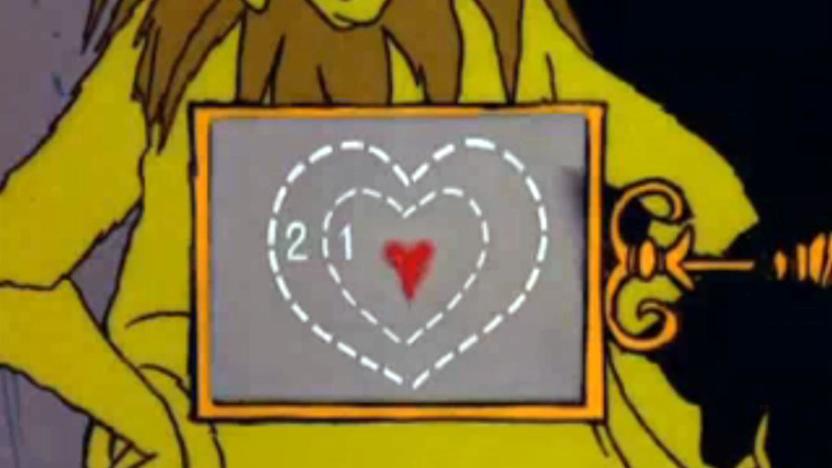UniversityAtBuffalo
Latest

Researchers can use the size of your heart to unlock a PC
Most biometric security has one inconvenience: you have to take an active step to sign in, whether it's putting your finger on a pad or staring at sensors. Wouldn't it be nice if simply being near your device was enough? It might happen. Researchers have created a computer authentication system that uses your heart's shape and size to sign in. It uses low-level Doppler radar to continuously scan your heart's dimensions, granting access so long as you're in the right place. In other words, Cindy-Lou Who couldn't hijack the Grinch's PC when he steps away for a coffee break.

Necklace helps your diet by listening to your eating
Forget using image recognition or the honor system to count calories -- if University at Buffalo researchers have their way, you'll just need to wear a necklace to watch what you eat. Their recently developed AutoDietary device gauges caloric intake by listening to the chewing and swallowing sounds you make when consuming different foods. It's easy to tell when you're munching on an apple versus a cookie, for example. The current system sends data to a smartphone and recommends improvements, such as cutting back on snacks or slowing down if you tend to rush through dinner.

3D talking map can help the blind find their way
The Perkins School for the Blind in Massachusetts just got a high-tech installation to help keep their students from getting lost around campus: a three-dimensional map that talks. Its miniature Monopoly-like buildings and other elements (which were 3D printed, by the way) are coated in conductive paint, so they can recognize when they're being touched. If someone does, the map will announce the building's or any other structure's name along with directions on how to get there. Some areas feature sound effects, as well -- a fountain gurgles, for instance, while a bell tower rings. Plus, it has a three-button menu that one can use to browse a spoken list of locations.

Researchers looking to submerge WiFi, drive demand for Google SnorkBooks
How to begin a new pitch about your underwater networking technology? You could start by comparing existing offerings to a "frightened toddler," seeing as how both parties share an inherent desire to stay above the waves. A research team at the University at Buffalo, however, is far less afraid to gets its collective feet wet (due in part, we assume, to the fact that timid toddlers are generally shunned by research universities), showing off an acoustic wave-based technology that could be used to send signals to laptops, smartphones and the like, from bodies of water. That information, in turn, could be used to monitor tsunamis and pollution, help with oil exploration and check out the status of marine life. The team has already tested the technology at Lake Erie and is set to show things off in more detail next month in Taiwan.


